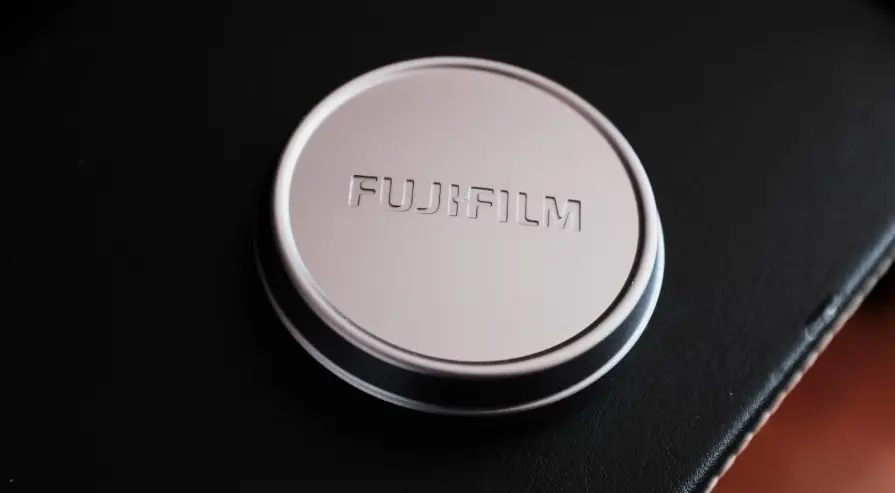
Button Cell Battery 6CFR1700.15 & 16CFR1700.20 Testing
On February 10, 2023, the United States submitted WTO notification G/TBT/N/USA/1964, proposing safety standards and labeling requirements for button cell or coin batteries and consumer products containing them. The public comment period ended on March 13, 2023. The adoption and effective dates are to be determined.

This proposed rULe, under H.R.5313 (Reese’s Law), is aimed at eliminating or significantly REDucing the risk of injury to children aged six and under due to ingestion of button or coin batteries. The U.S. Consumer Product Safety Commission (CPSC) proposes performance standards for battery compartments in consumer products containing or designed to use one or more button or coin batteries.
Background:
Reese’s Law is named in memory of 18-month-old Reese Hamsmith from Texas, who passed away after accidentally swallowing a button battery from a remote control.
Applicable Products:
- Applies to individual button or coin batteries.
- Button cells are small, disc-shaped batteries used in devices like watches, computer clocks, hearing aids, etc.
- Sizes typically range from 5–25 mm in diameter and 1–6 mm in height.
- Positive terminal is usually the stainless-steel base; the top (negative) is insulated.
- Voltage: 1 to 5V; Types include alkaline, silver oxide, zinc-air, and lithium.
Amazon Compliance Requirements:
To list such products on Amazon, you must comply with all relevant regulations, standards, and internal policies.
Required Compliance Standards:
Products must comply with either:
- 16 CFR Part 1700.15 – Poison Prevention Packaging Standards
- 16 CFR Part 1700.20 – Testing Procedures for Special Packaging
Or:
- ANSI C18.3M – Safety Standard for Portable Lithium Primary Batteries
Key Points:
- 16 CFR 1700.15 & 1700.20 cover packaging safety.
- ANSI C18.3M covers battery-specific safety.
- Full compliance usually requires all three standards.
- Batteries of different models must be tested separately (not as a product line).
Testing Timelines and Scope:
- 16 CFR 1700.15: ~7 business days. If the packaging method is the same across models, one report may cover multiple.
- 16 CFR 1700.20: Similar to above, depends on packaging.
- ANSI C18.3M: ~2 weeks. Requires individual reports for each battery model.
Best Practice:
If you have multiple products to test:
- Group products with the same packaging for shared testing under CFR standards.
- Test each model separately under ANSI C18.3M.
Public Law:
- Public Law 117-171 (Reese’s Law) must be reflected in safety labeling and compliance.
Mandatory Information to Prepare:
- Your company name (if applicable) and Amazon seller ID
- Contact details: email and phone number
- Complete list of button/coin battery products listed on Amazon
- Product name or model as shown on the listing
- Product description and user manual
- Product images showing:
- Labels and warnings
- Safety statements
- Compliance markings
- All sides of the packaging
- Test reports from an ISO 17025-accredited lab (e.g., JJR Lab in China), showing compliance
- Reports must include product images to verify consistency with listings
- Valid General Certificate of Conformity (if applicable)
- Product images demonstrating:
- Poison prevention packaging compliance (16 CFR 1700.15)
- Safety labeling per Public Law 117-171
Email:hello@jjrlab.com
Write your message here and send it to us
 What Are the Testing Items of California Propositi
What Are the Testing Items of California Propositi
 E-Cigarette EU TPD Testing
E-Cigarette EU TPD Testing
 Testing Certification for E-cigarettes Exported to
Testing Certification for E-cigarettes Exported to
 What is Amazon US CPC Certification?
What is Amazon US CPC Certification?
 UK Toy Safety Regulation Standard EN 71-13
UK Toy Safety Regulation Standard EN 71-13
 What is EU UFI Registration?
What is EU UFI Registration?
 EU UFI Registration for E-cigarette E-liquid
EU UFI Registration for E-cigarette E-liquid
 How to get the MSDS Report for Electronic Cigarett
How to get the MSDS Report for Electronic Cigarett
Leave us a message
24-hour online customer service at any time to respond, so that you worry!




